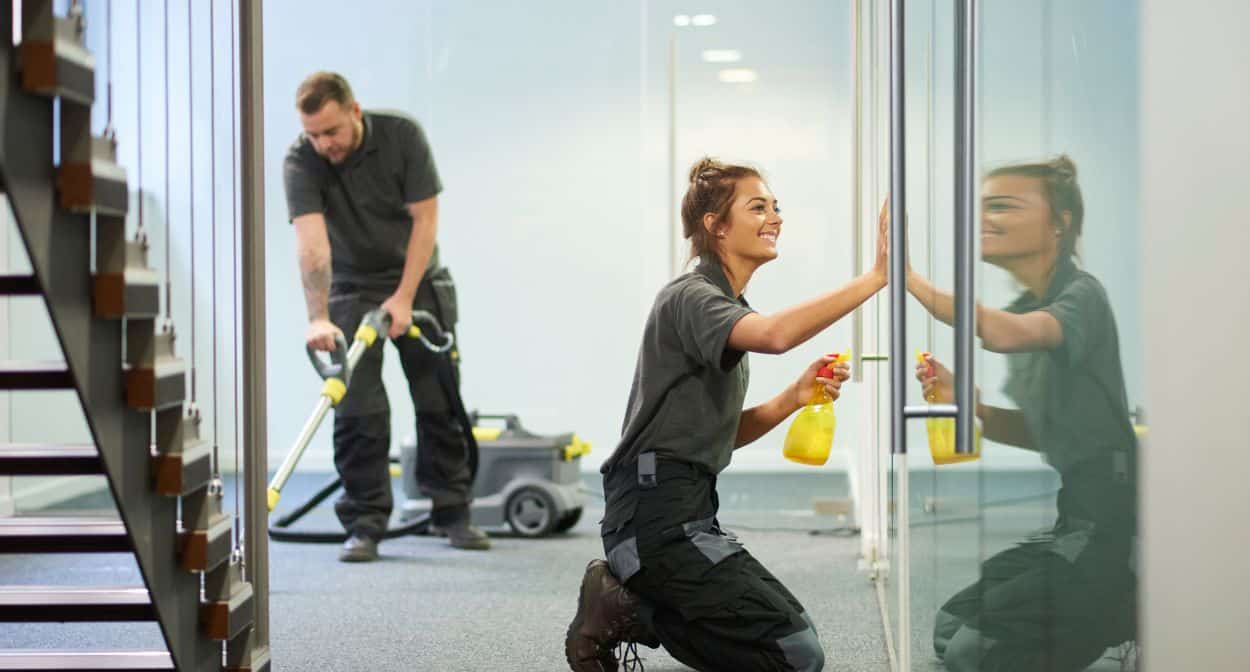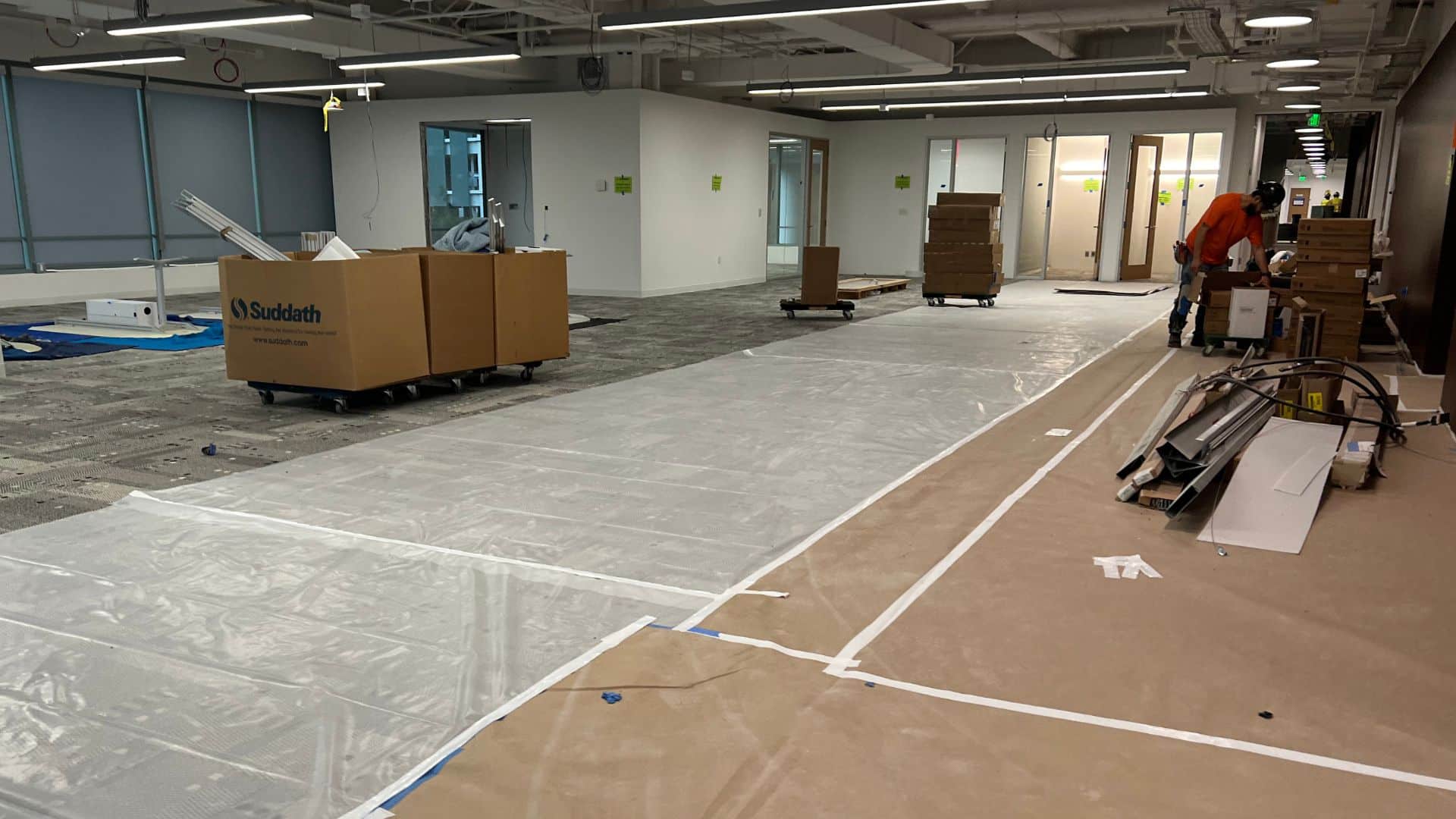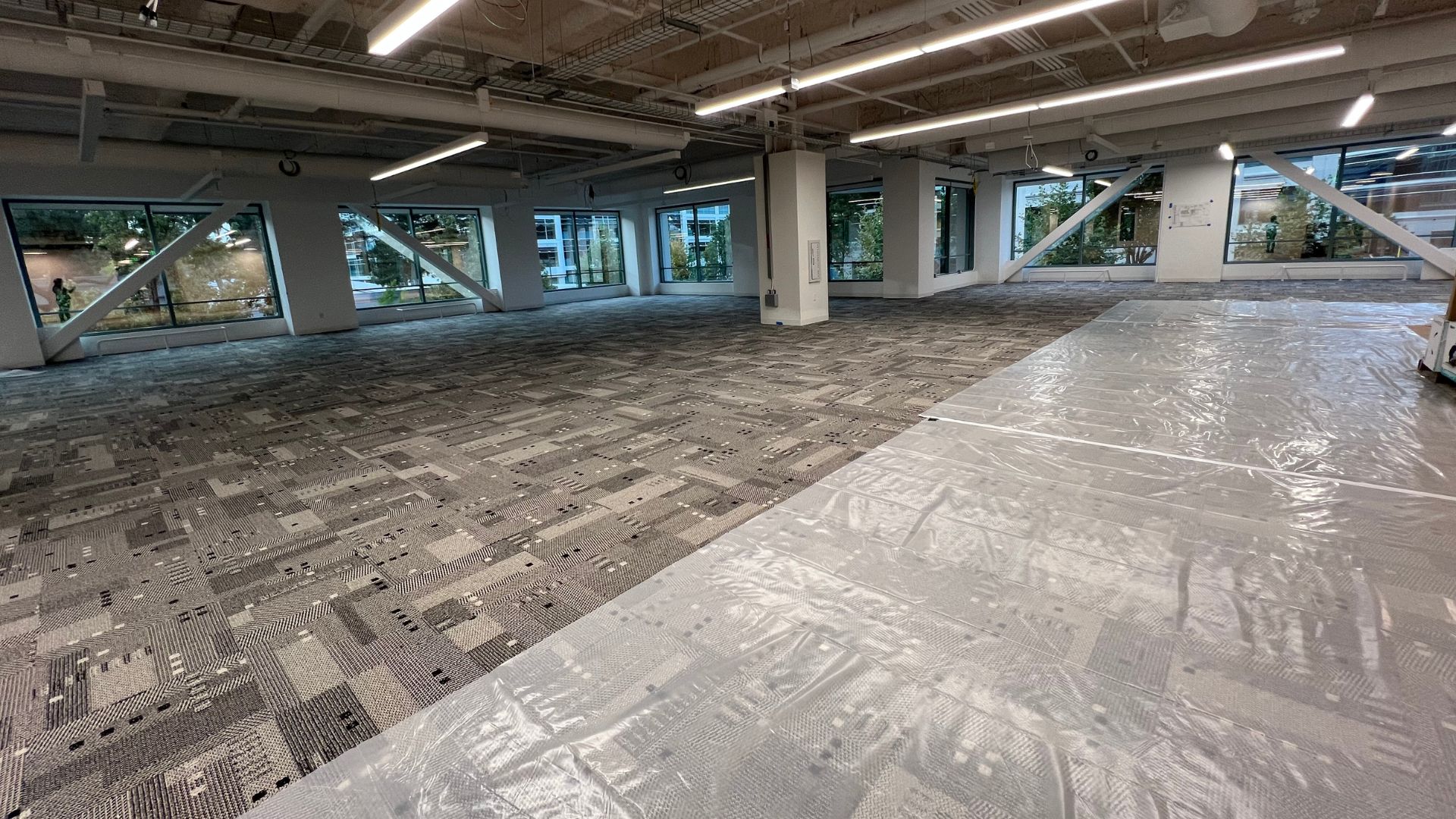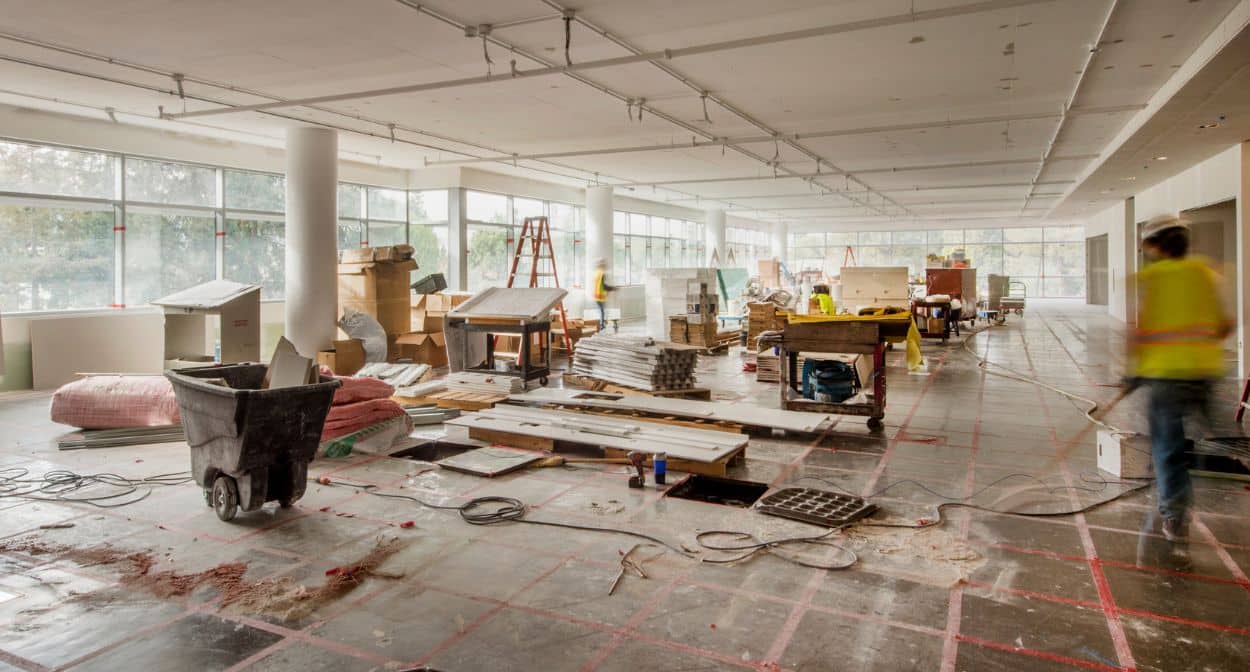Beyond benefiting the planet, environmentally friendly construction cleaning practices offer practical advantages. They improve air quality, promote worker safety, and often lower long-term costs through waste recycling and efficient resource use. Furthermore, demonstrating a commitment to sustainability can enhance your reputation, helping you stand out in an increasingly eco-conscious marketplace. Here’s a guide to incorporating green practices into your construction cleaning efforts.
Steps to Implement Green Construction Cleaning on Site

1. Create a Green Cleaning Plan
Start with a well-structured plan that outlines your eco-friendly cleaning practices. Include specific goals, such as reducing landfill waste by a certain percentage or switching entirely to non-toxic cleaning supplies. Ensure the plan is communicated to all workers and stakeholders.
2. Use Sustainable Cleaning Products
Choose cleaning products certified as environmentally safe. Look for labels like EPA Safer Choice or Green Seal. Avoid products with harmful chemicals such as ammonia, chlorine, or phthalates, which can harm workers and the environment.
3. Minimize Water Usage
Water conservation is crucial in green construction cleaning. Implement practices such as:
- Using high-efficiency pressure washers.
- Recycling water wherever possible.
- Installing temporary water-saving devices on-site.
4. Recycle and Reuse Waste
Sorting and recycling construction waste is a cornerstone of eco-friendly practices. Provide separate bins for recyclables like metal, glass, wood, and plastics. Partner with local recycling facilities to ensure proper waste processing.
5. Invest in Green Equipment
Use energy-efficient cleaning equipment like battery-operated vacuums and HEPA-filtered machines. These not only save energy but also improve air quality by capturing fine dust particles.
6. Train Your Team
Educate your cleaning crew about sustainable practices. Training should cover:
- Proper handling and disposal of waste.
- The importance of using eco-friendly cleaning solutions.
- Techniques to maximize efficiency while minimizing environmental harm.
7. Opt for Biodegradable Supplies
Choose biodegradable garbage bags, cloths, and other consumables to ensure they break down naturally without polluting the environment.
8. Implement Air Quality Measures
Control airborne dust and pollutants by:
- Using low-VOC (volatile organic compound) sealants and paints.
- Installing temporary air filters on-site.
- Cleaning regularly to prevent dust accumulation.
9. Partner with Green Vendors
Collaborate with suppliers who share your commitment to sustainability. Ensure that materials and supplies procured align with your eco-friendly objectives.
Eco-Friendly Practices for Post-Construction Cleaning

Thorough Dust Management: Use HEPA filters and eco-friendly vacuums to trap fine dust without releasing it back into the environment.
Safe Disposal of Hazardous Waste: Dispose of paint cans, chemicals, and other hazardous materials following local environmental regulations.
Natural Cleaning Agents: Use solutions like vinegar, baking soda, or citrus-based cleaners for safe and effective cleaning.
Efficient Lighting: During cleaning, utilize LED lights to reduce electricity consumption.
Benefits of Green Construction Cleaning

Healthier Work Environment: Eliminates exposure to toxic chemicals for workers and occupants.
Cost Efficiency: Encourages waste recycling and minimizes disposal costs.
Compliance with Regulations: Meets environmental standards set by local and federal laws.
Positive Brand Image: Highlights your commitment to sustainability, appealing to eco-conscious clients.
Measuring the Success of Green Cleaning Practices
To ensure your green cleaning initiatives are effective:
Track Waste Reduction: Measure how much waste is recycled versus sent to the landfill.
Monitor Water and Energy Usage: Use water meters and energy logs to identify areas for improvement.
Gather Feedback: Conduct surveys with workers and stakeholders to assess the perceived effectiveness of green practices.
Challenges in Green Construction Cleaning (and How to Overcome Them)

Resistance to Change: Workers accustomed to traditional cleaning methods may resist eco-friendly practices. Address this through training and demonstrating the benefits of sustainability.
Availability of Green Products: Some eco-friendly products might not be readily available. Research local suppliers or explore online marketplaces specializing in sustainable goods.
Conclusion
Implementing green construction cleaning is not just a trend; it’s a necessary step toward building a sustainable future. By adopting environmentally friendly practices, contractors can protect the planet, enhance worker safety, and meet the growing demand for eco-conscious services. With proper planning, training, and the right tools, any construction site can achieve its green cleaning goals while maintaining efficiency and quality.

